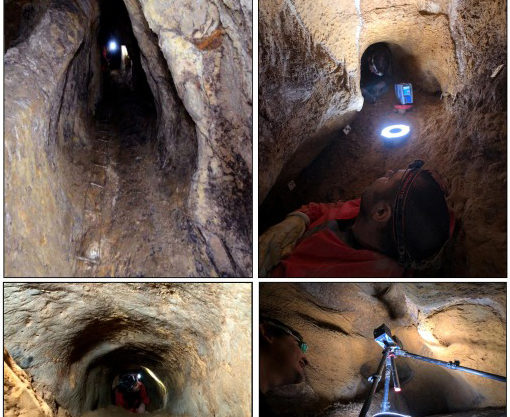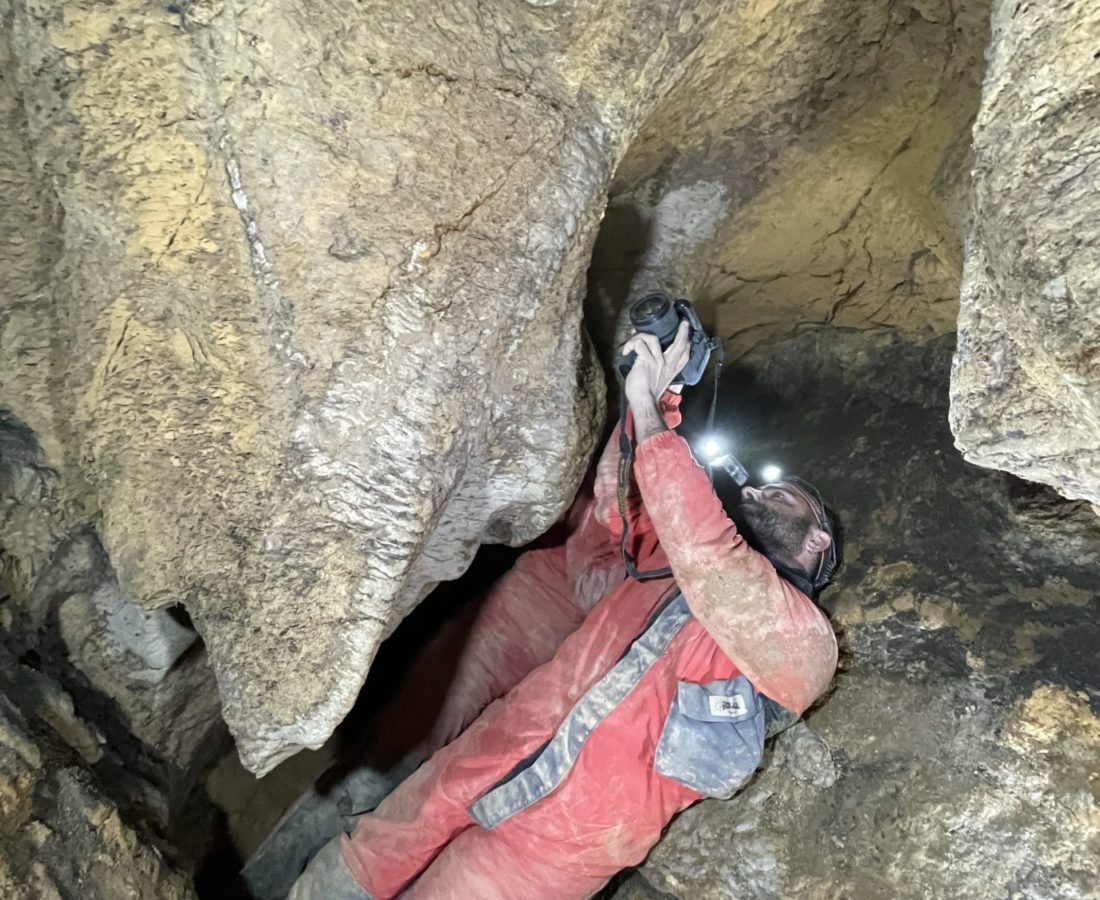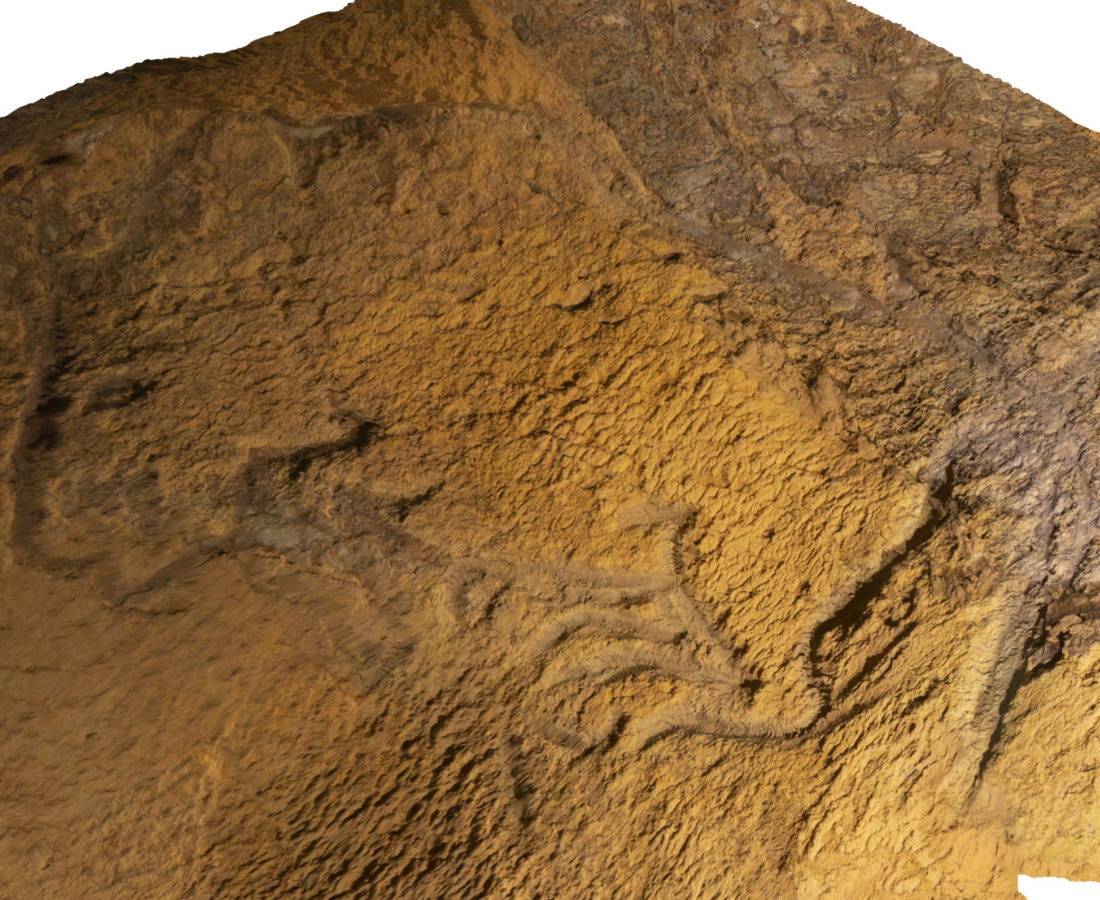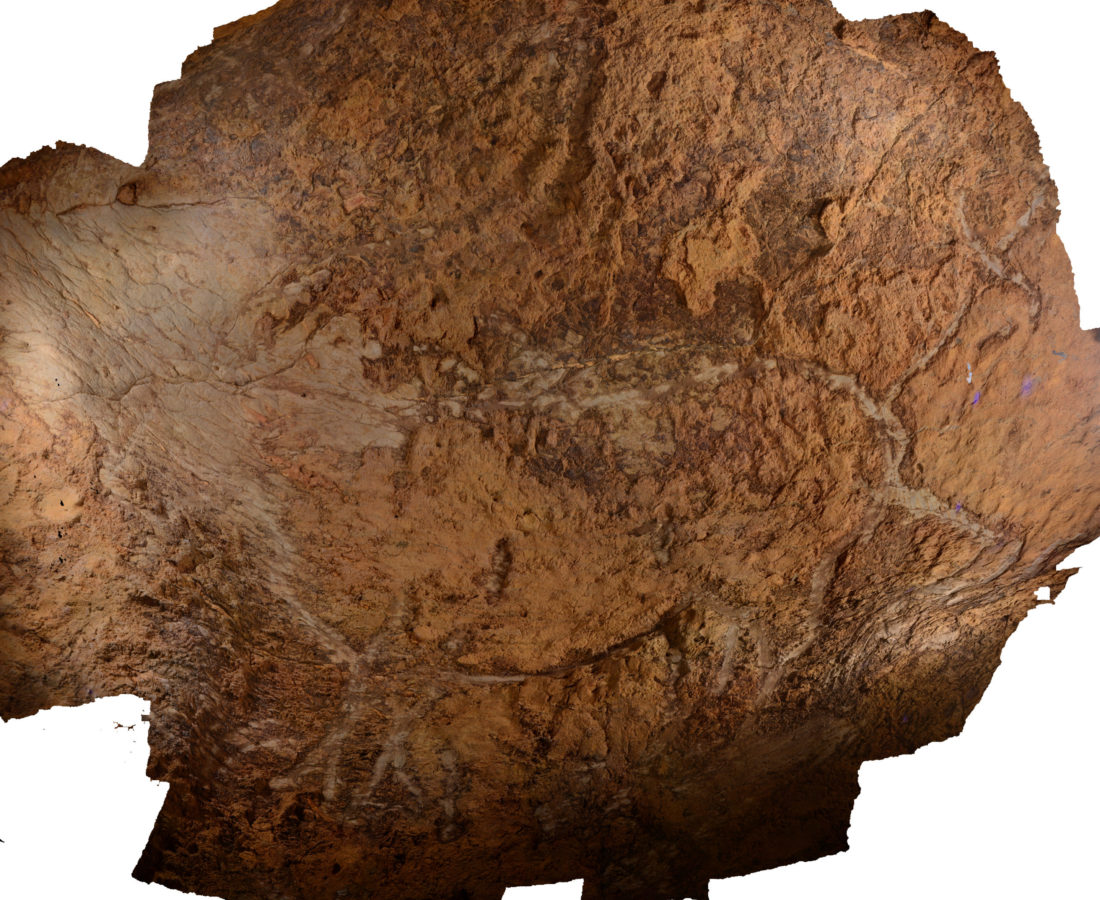Aitzbitarte IV
Principal researchers: Diego Garate y Olivia Rivero
The Aitzbitarte IV cave is located in Rentería (Gipuzkoa) and forms part of a group of caves located on a hill with strong karstic activity, with around thirty small hollows, chasms and caves. The entrances to the caves with an archaeological site are located on the west slope, barely 40 m above the current bed of the stream that runs at its feet, a tributary of the Urumea River. The human occupation of the Aitzbitarte hill extends throughout the entire Upper Palaeolithic in a complementary way in the cavities excavated to this day.
The first scientific excavations in Aitzbitarte IV took place between 1960 and 1964 (Barandiaran et al. 1965) and at the same time some archaeological evidence was also discovered in cave V (Altuna2004). Between 1985 and 2002 J. Altuna excavated in the cavity III (Altuna et al. 2011, 2017). Despite the high density of archaeological materials found in the excavations, which cover chronologies from the Aurignacian to the Magdalenian, it will not be until 2012 when D. Garate and J. Rios-Garaizar (Garate et al. 2013) discover the first Paleolithic parietal art evidence from the cave of Aitzbitarte IV. Later, in 2015, will be found engraved figures in caves III, V and IX with a typical graphic style of the Gravettian and Magdalenian.
In 2017, in a speleological exploration, new Paleolithic engravings sculpted in clay were discovered. This new decorated sector is located at the bottom of a 10 m chimney, after passing a series of narrow passages and tubes in which, sometimes, their size allows the passage of a single person. Both the walls and the ceilings are covered with clay. Despite the difficulties to access this sector, numerous representations were discovered: 14 of animals, two vulvas and four fingerprints. Among the animal representations, bison and horses stand out.
Preliminary study of the cave reveals a unique rock art composition where natural clay from the walls was engraved and modeled in some cases to create bas-relief bison, horses, reindeer and vulvas. This rare technique, totally unknown in the archaeological record of the Iberian Peninsula, the formal conventions (horns and legs in perspective, closed eyes in bison, scapulae in the horses, etc.) and the presence of vulvas engraved in clay (such as in Bédeilhac, Montespan or Oxocelhaya), relate this cave to the Middle Magdalenian cave sites in the French Pyrenees region.
Aitzbitarte IV – bison C.I.6 by diegogarate on Sketchfab
To find out more, we leave you the link to the article.




